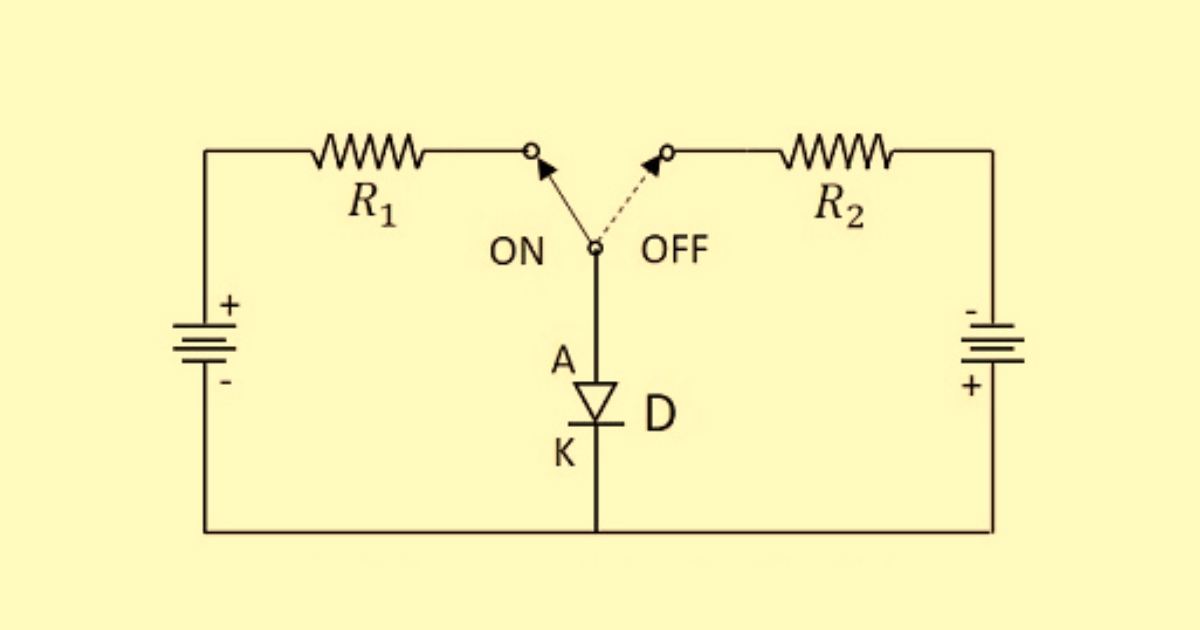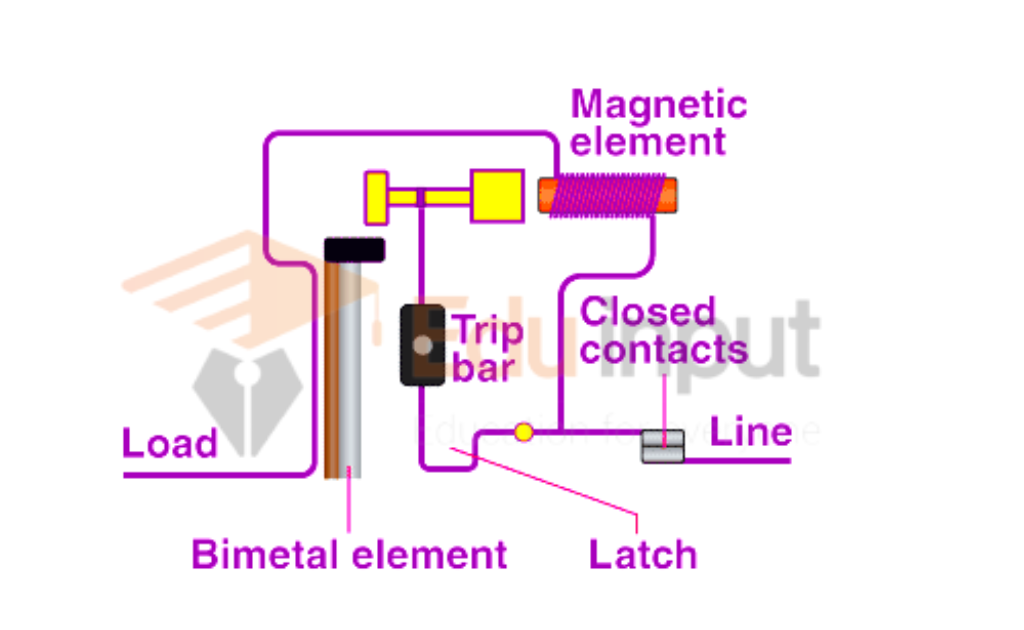Regulated Power Supply-Definition, Types, And Characteristic
The embedded circuit that converts unregulated AC into a constant DC is called a regulated power supply. The AC supply can be converted into DC with the assistance of a rectifier.
What is a Regulated Power Supply?
The term regulated power supply refers to a kind of power source that has built-in circuitry to maintain the desired output voltage while supplying a steady flow of electricity. A regulated power supply allows the user to regulate the voltage and/or current provided by it to an electronic device. The regulated power supply offers better performance compared to the unregulated power supply and can be used in a wide range of applications.
Building Block of regulated power supply
The basic building blocks of a regulated DC power supply can be found here.
- A step-down transformer
- A rectifier
- A DC filter
- A regulator
Types of regulated power supply
There are different types of regulated power supplies available in the market. The three most popular types of regulated power supplies include the linear power supply and switching power supply. These power supplies are available in different capacities to meet the needs of different electronic devices.
Linear power supply
These are the simplest and most common types of regulated power supplies that provide a constant and steady voltage or current. Linear power supplies are also known as fixed-voltage power supplies. The most common application of this power supply is in the audio amplifier circuit.
Switching power supply
These are the most popular and advanced regulated power supplies in the market today. They have a switch mode architecture that provides constant power and high efficiency. Most modern computers and mobile devices have a switching power supply to ensure that it runs smoothly for a longer time.
Regulated Power Supply Characteristics
There are some factors that determine the quality of the power supply.
- Load voltage
- load current
- voltage regulation
- source regulation
- output impedance
- ripple rejection






Leave a Reply